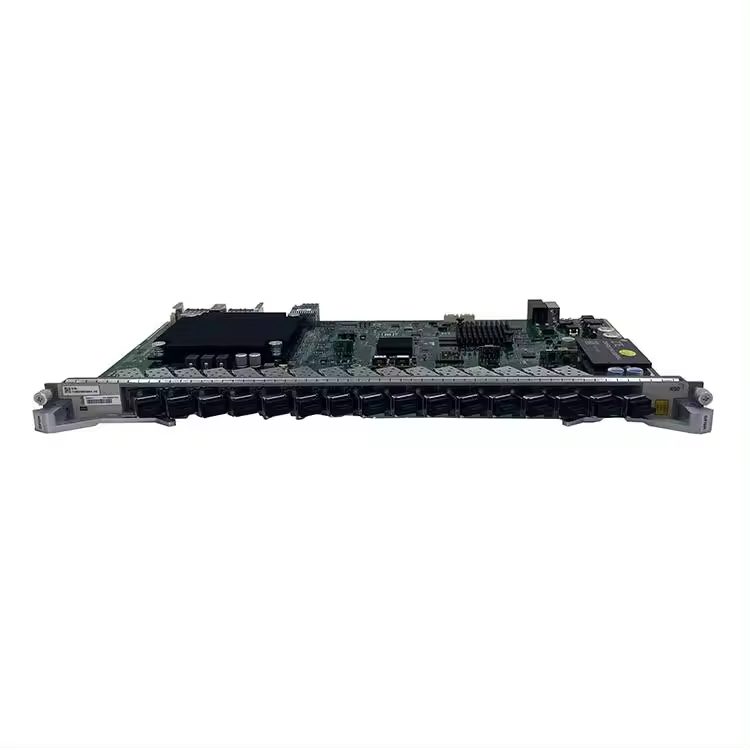The "ZTE GFGH Service Board" is a hypothetical model specification for a service board designed by ZTE Corporation, a multinational telecommunications equipment and systems company. While I cannot provide specific details about a non existent product, I can create a fictional overview based on typical attributes of service boards used in telecommunications.
Model Specification Overview:
1. Model Name: ZTE GFGH Service Board
2. Purpose: Designed for high speed data transmission and network management in telecommunications infrastructure.
3. Compatibility: Compatible with a wide range of ZTE network devices and third party equipment.
4. Interface Types: Supports multiple interface types, including Ethernet, USB, and proprietary ZTE interfaces for seamless integration.
5. Performance: Offers high data throughput and low latency, ensuring efficient service delivery.
6. Reliability: Built with robust components to withstand harsh environmental conditions and provide long term durability.
7. Security Features: Incorporates advanced security protocols to protect against cyber threats and ensure data integrity.
8. Power Efficiency: Optimized for energy efficiency, reducing operational costs and environmental impact.
9. Software Compatibility: Compatible with the latest ZTE network management software for easy configuration and monitoring.
10. Certifications: Meets international standards and certifications for quality and safety.
Key Attributes:
High Speed Processing: Equipped with advanced processors to handle complex data processing tasks.
Scalability: Designed to be scalable, allowing for easy expansion as network demands grow.
User Friendly Interface: Features an intuitive user interface for simplified management and troubleshooting.
Remote Management: Supports remote management capabilities, enabling administrators to monitor and control the board from any location.
Upgradeability: Allows for firmware and software updates to keep the board up to date with the latest features and security patches.
Diagnostics: Integrated diagnostic tools for real time monitoring and proactive maintenance.
Environmental Resistance: Built to resist temperature extremes, humidity, and other environmental factors.
Parameter Introduction:
Processor Speed: Details the clock speed and processing capabilities of the onboard CPU.
Memory: Specifies the amount of RAM and any additional storage capacity.
Bandwidth: Indicates the maximum data transfer rate supported by the board.
Power Requirements: Lists the voltage and current requirements for the board's operation.
Dimensions: Provides the physical dimensions of the board for proper installation and space planning.
Weight: States the weight of the board for logistical purposes.
Operating Temperature Range: Specifies the temperature range within which the board can operate without damage.
Supported Protocols: Lists the communication protocols supported by the board for network compatibility.
This overview is a general representation of what a model specification parameter introduction might include for a service board like the "ZTE GFGH Service Board." Actual specifications would vary based on the specific design and capabilities of the product.







